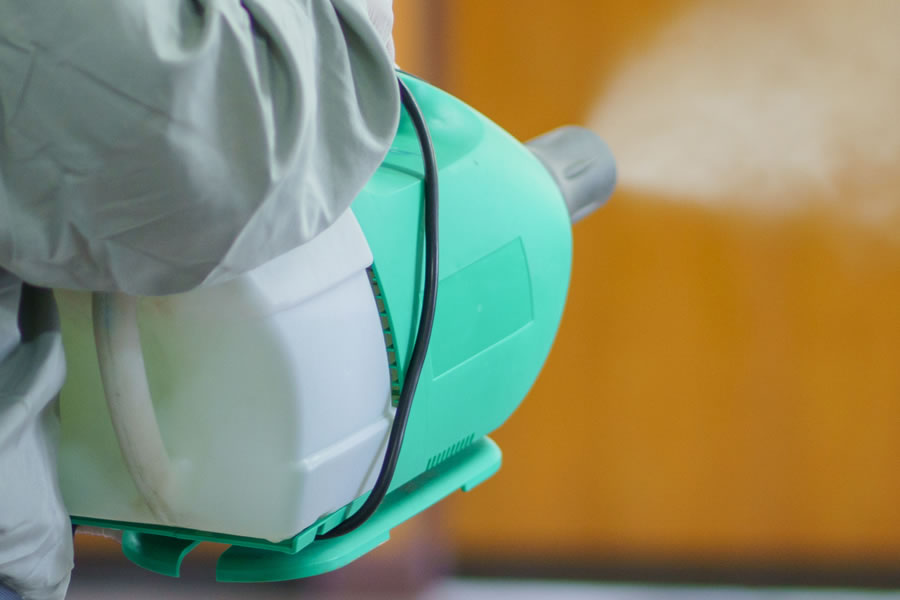Fogging London‘s cleaning has become increasingly essential in maintaining safe and healthy environments, particularly in urban spaces where germs and viruses can spread rapidly. But what exactly is fogging, and why is it so important for cleanliness and health?
Contents
What is Fogging?
Fogging is a cleaning process that involves spraying a fine mist of disinfectant into the air, covering surfaces and areas that are typically difficult to reach with traditional cleaning methods. This method is highly effective because it uses aerosolized disinfectants, ensuring comprehensive coverage.
Scientific Evidence of Fogging’s Effectiveness
The primary reason fogging has gained attention, especially in densely populated areas like London, is due to its proven effectiveness against pathogens. Scientific studies indicate that fogging significantly reduces airborne microorganisms and pathogens on surfaces, which regular cleaning methods may miss. Research published in reputable journals such as the Journal of Hospital Infection has demonstrated that fogging can effectively control bacteria, viruses, and fungi, reducing the risk of infections and disease outbreaks.
Advantages of Fogging London’s Cleaning
Another benefit of fogging London’s cleaning spaces is its ability to provide rapid disinfection. Unlike manual cleaning methods, fogging quickly reaches into corners, crevices, and hidden areas, offering extensive coverage with minimal effort. This not only saves time but also enhances overall cleanliness.
Ideal Locations for Fogging
Fogging is particularly beneficial for high-traffic areas such as offices, schools, public transport, healthcare facilities, and commercial spaces where frequent human contact occurs. Regular fogging can dramatically decrease the risk of cross-contamination and protect the health of individuals occupying these spaces.
Conclusion
In summary, fogging London’s cleaning processes provide an advanced, scientifically-supported method of disinfection. It offers a quick, thorough, and reliable approach to maintaining hygiene, reducing health risks, and promoting a safer living and working environment.

